
How do i train my dog to be obedient?
Watching your dog dart across the park ignoring your calls isn’t just frustrating—it can put them at risk near busy streets or public spaces.
Many new cocker spaniel owners find themselves staring at their fluffy puppy, wondering when the right time to start training really is. It’s a common question, and for good reason—these energetic, people-pleasing dogs thrive on structure, but pushing too early can backfire just as much as starting too late.
The sweet spot, according to trainers and behaviorists, aligns with their critical socialization window, which runs from about 3 to 14 weeks old. During this phase, a cocker spaniel puppy’s brain is like a sponge, soaking up new experiences, sounds, and interactions without fear. This is when they learn to trust humans, get used to other pets, and adapt to different environments—foundations that make later training much smoother. Waiting until after 16 weeks might mean missing this window, leading to shyness or reactivity in new situations.
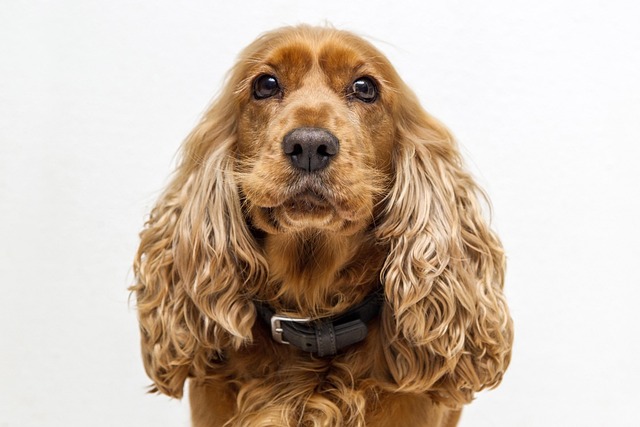 Practical training can start small, even before they’re fully vaccinated. At 8 to 10 weeks, focus on simple cues like “sit” using tiny treats (think freeze-dried chicken bits—cockers love food motivation). Keep sessions short—5 minutes max, a few times a day—to match their short attention spans. For example, when your puppy naturally sits to beg for food, say “sit” and reward them. They’ll quickly link the word to the action.
Practical training can start small, even before they’re fully vaccinated. At 8 to 10 weeks, focus on simple cues like “sit” using tiny treats (think freeze-dried chicken bits—cockers love food motivation). Keep sessions short—5 minutes max, a few times a day—to match their short attention spans. For example, when your puppy naturally sits to beg for food, say “sit” and reward them. They’ll quickly link the word to the action.
It’s crucial to stick to positive methods here. Yelling or physical correction isn’t just frowned upon in most communities—it can scare your cocker, making them hesitant to learn. Instead, praise enthusiasm: if they run to you when called, make a big deal of it with pets and a treat. This builds confidence, which is key for a breed that loves being around people.
Don’t forget the basics of responsible pet ownership, either. Ensure your puppy gets their core vaccines (like distemper and parvovirus) as recommended by your vet—many public spaces, like dog parks, require proof of vaccination to prevent disease spread. And always carry poop bags: no one appreciates a messy yard, and in many areas, it’s the law. If you live in an apartment, work on quiet cues too—teaching them to “settle” on a mat during noisy times keeps neighbors happy.
Starting early with kindness and consistency sets your cocker up for a lifetime of good behavior. They’re quick learners, and that early bond you build during training? It’ll make every walk, every snuggle, that much better.

Watching your dog dart across the park ignoring your calls isn’t just frustrating—it can put them at risk near busy streets or public spaces.

New puppy owners often find themselves rushing to clean up accidents before they set in, and that’s where puppy pad training becomes a game-changer.
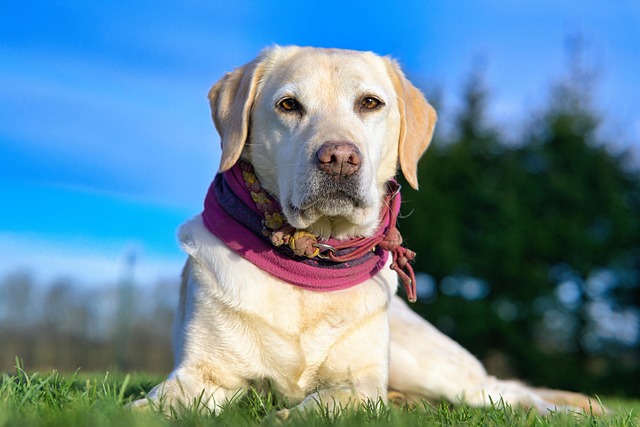
If you've noticed your dog's waistline disappearing and your veterinarian has mentioned those few extra pounds, your first instinct might be to simply reduce the amount of food in their bowl.
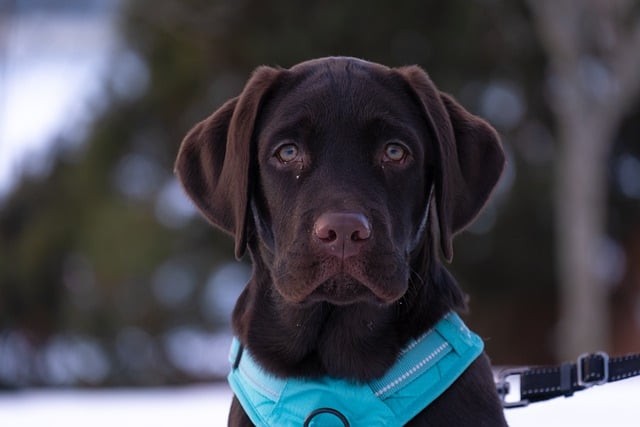
Training a dog to use a designated spot indoors isn’t as daunting as many new owners fear, but it does take consistency and an understanding of your pet’s needs.
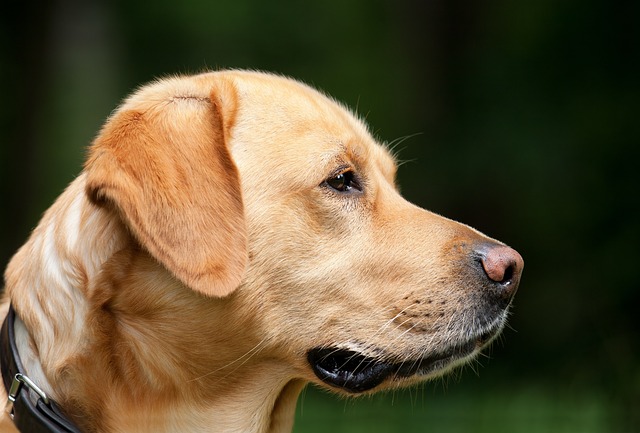
That moment of dread on a walk is all too familiar for many new dog owners. You see another dog approaching down the sidewalk of your neighborhood
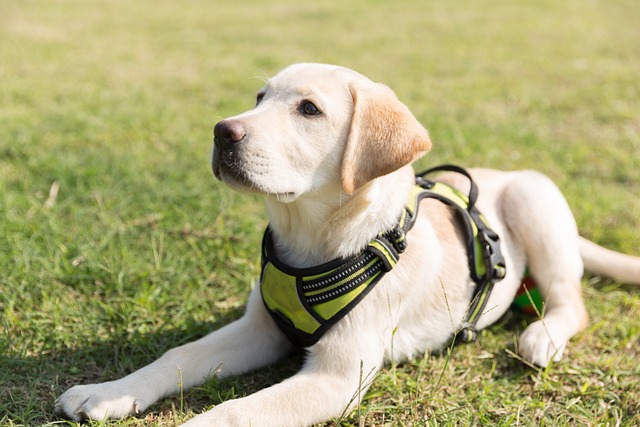
If the sight of another dog on your neighborhood walk makes your heart sink as your own dog erupts into a frenzy of barking and lunging, you're not alone.